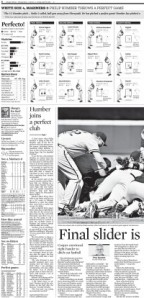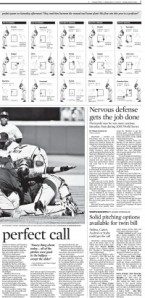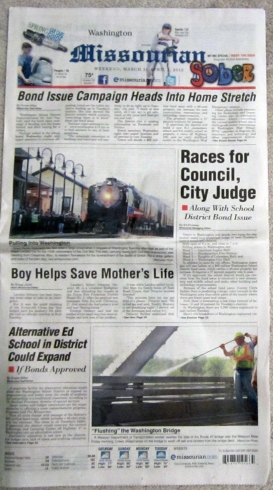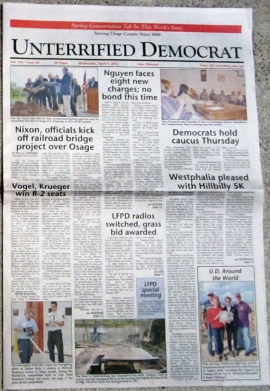My third set of critiques are a complete ode to creativity.


THESE ARE FONT CHAIRS. Yes, you read that correctly. Some GENIUS decided to create chairs out of letters and numbers that seem to be comfortable and practical. And, amazingly enough, they’re all clearly readable. They’d be great for cute messages — like “MARRY ME?” — or for advertising — “PANERA” or “J-SCHOOL.” What’s that? You’d need punctuation for those? Why, yes, you would. And these French designers thought about that, too. They’ve got a full line of punctuation lamps to accompany the chairs. Brilliant.
I think the chairs end up looking surprisingly sleek and modern considering how wide each character must be in order to make it wide enough to sit on. It’s also a pretty incredible feat to create chairs that are actually functional while still readable. Unfortunately, these are custom made in France, so they probably cost a fortune.

Albus Dumbledore, Sirius Black, Cho Chang, Draco Malfoy, Dobby the Elf, Argus Filch, Hermione Granger, Rubeus Hagrid, Igor Karkaroff, James Potter, Kingsley Shacklebolt, Bellatrix Lestrange, Alastor “Mad-Eye” Moody, Neville Longbottom, Garrick Ollivander, Harry Potter, Quirinus Quirrel, Remus Lupin, Severus Snape, Nymphadora Tonks, Dolores Umbridge, Lord Voldemort, Ron Weasley, Xenophilius Lovegood, Yaxley, Blaise Zabini
I’m going to say someone is pretty good when they can create an alphabet of recognizable characters based on a book series with a huge number of strange names. Yes, I did write those all out myself. (Then, of course, I followed the link to his website, where he has the full list right beneath the picture. FML.) This guy, Mike Boon, has done a few different creative, character-based alphabets, including Pixar, Dr. Seuss and Sesame Street.
Compared to the other alphabets he designed, the Harry Potter alphabet is much more simplistic. But, of course, it’s still getting the message across just as well as his intricate Sesame Street characters. It kind of reminds me of when I play Draw Something. I always sketch out the basic thing that I’m drawing, but then I spend another few minutes adding lots of details so my partner can guess the word more easily. The funny thing is, when I watch my partner guessing the word, he or she will usually get it right when I’ve finished sketching — before I’ve added lots of unnecessary details. I’ll sometimes do the same thing with designs by taking them a few steps further than they need to go. They end up cluttered instead of classy, and it by no means adds to the reader’s understanding or aesthetic appreciation of the page. I think Boon might have had the same kind of realization: Less is more.
I also think this alphabet speaks to knowing what key details to pick out to increase someone’s understanding. The W, for example: All he needed was red-orange hair for us to immediately know it’s a Weasley. Even lesser-known characters, such as James Potter or Blaise Zambini, who rarely appear in the movies, are recognizable because of a few traits that fans know about them. It’s just a matter of knowing what color, characteristic or detail will get the right message across.






















